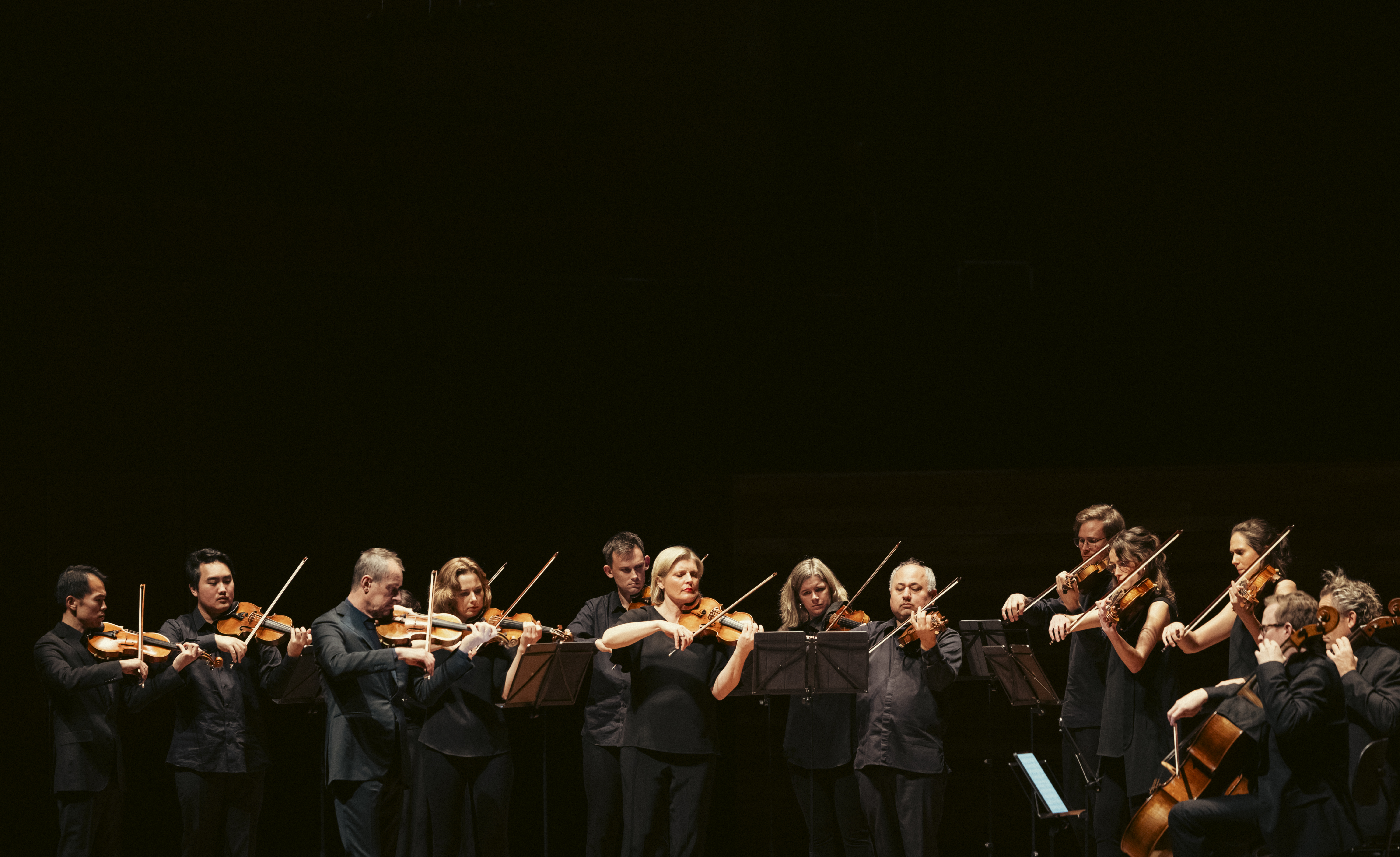
By Rosie Pentreath
In 1902, Austrian artist Gustav Klimt completed a huge frieze dedicated to Ludwig van Beethoven.
It was one work in an entire exhibition dedicated to the great composer, which also featured pieces by Max Klinger and Elena Luksch-Makowsky, and took place at the Secession Building in Vienna. The exhibition, which featured 20 artists in total, was conceptualised by Alfred Roller and featured interior design by Josef Hoffmann.
Klimt’s huge frieze, which is 2.15m high and 34.14m wide and weighs four tons, was a centrepiece of the exhibition. It was inspired by the composer Richard Wagner's interpretation of Beethoven's Ninth symphony.
“Beethoven's Ninth Symphony became the mystical goal of all my strange thoughts and desires about music,” Wagner wrote in his memoirs. “I was first attracted to it by the opinion prevalent among musicians, not only in Leipzig but elsewhere, that this work had been written by Beethoven when he was already half mad. It was considered the ‘non plus ultra’ of all that was fantastic and incomprehensible, and this was quite enough to rouse in me a passionate desire to study this mysterious work.”

Klimt’s work is an allegory containing striking imagery alluding to the madness of human kind. At the start of the frieze female figures glide horizontally. They were described in the Beethoven Exhibition catalog as “Die Sehnsucht nach dem Glück” (The Longing for Happiness). Along from them is “the giant Typhoeus,” a giant monkey-like creature and the mythological offspring of the earth goddess, Gaia (one of Klimt's Hostile Powers). And towards the end of the frieze, a vertical group of women, called “Die Künste” (The Arts), reach from floor to ceiling like a living pillar, leading to the “Chor der Paradiesesengel” (Choir of Angels from Paradise).
This choir visually intones the Ode to Joy from Beethoven’s Ninth Symphony, which is based on words by Friedrich Schiller. “The arts lead us into the ideal kingdom, which is the only place we can find pure joy, pure happiness, and pure love,” the accompanying Beethoven Exhibition catalogue said. At the end of the frieze, Klimt painted lovers in an embrace to symbolise Schiller’s verse, “Joy, thy purest spark divine. This kiss to all the world!”, which Beethoven set to music in the fourth movement of his Ninth Symphony.
The exhibition itself honoured the concept of the Gesamtkunstwerk — ‘total work of art’ which the composer Richard Wagner strived for with his operas — that painting, sculpture, and architecture should work together to create a new kind of temple art, something Max Klinger brought as an idea.

Created with oil paints and gold foil, Klimt’s Beethoven frieze was only ever supposed to be ephemeral, designed for one-time-only use at the Secession Beethoven Exhibition running from 15 April to June 27 1902.
Like other decorative paintings, it would be removed after the closing of the exhibition it was originally installed for. Luck would have it that the Secession had scheduled a major Klimt retrospective for the following year, and it was decided the work would remain in place.
According to Secession's website, collector, Carl Reinighaus, bought the frieze in 1903, and sold it in 1915 to the industrialist August Lederer. Regular moving has compromised the condition of the artwork, but it eventually made it back to the Secession Building where it was created, on permanent loan from the Österreichische Galerie Belvedere.

Klimt, an Austrian symbolist painter who was the leader of the Vienna Secession movement, a group whose succession was from conservatist arts establishment of the day, which was closely related to the Art Nouveau that provided opportunities for unconventional Austrian artists.
He is well-known for his paintings, murals, sketches and other artworks, particularly for his ‘Golden Phase’ that included a characteristic usage of gold leaf. The Beethoven Frieze was Klimt’s first Golden Phase work, and it’s considered one of his greatest works.
Kristian Bezuidenhout guest directs the Australian Chamber Orchestra in Beethoven’s Emperor, 9-24 March. Click here to buy tickets and find out more.